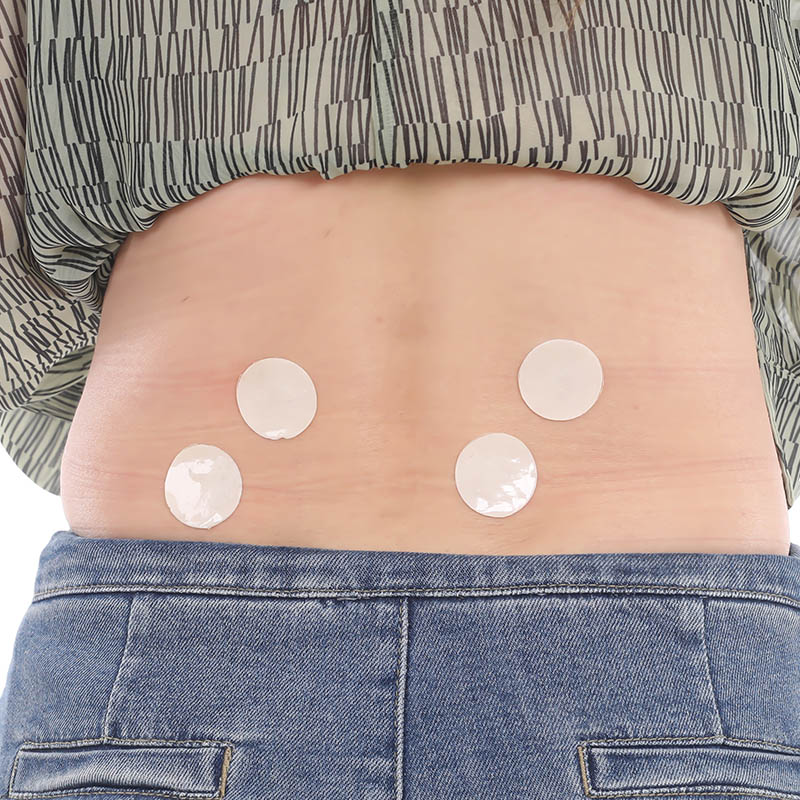
At present, the commonly used skin penetration enhancers can be divided into the following categories:
①Laurocapram and its homologues.
②Dimethyl sulfoxide and Its homologues: dimethyl sulfoxide, dimethyl formamide, etc. ③Terpenes: menthol, camphor, lemon Ene .
④ Surfactants: cationic, anionic, non-ionic, lecithine.
⑤ Fat Acids: oleic acid, linoleic acid, lauryl alcohol.
⑥Other categories. Such as alcohols; esters; keratin moisturizing and softeners: urea, salicylic acid; cyclodextrins: β-cyclodextrin, hydroxypropyl-β-cyclodextrin, dimethyl-β-cyclodextrin, etc.
1、Laurocapram
The trade name of Laurocapram is Azone. The commonly used concentration of laurocapram is 1%-10%, and its penetration enhancing effect often does not increase with the increase of concentration. Its optimal concentration is related to the physical and chemical properties of the drug and the medium used.
It takes a period of time for laurocapram to apply to the skin to exert its maximum penetration enhancement effect. Generally drugs have a time lag of 4-6 hours, and the size of the time lag is related to the nature of the drug and the medium used. For example, the time lag of the penetration enhancement effect of laurocapram on triamcinolone acetonide is more than 7 hours. After a single application, the penetration enhancement effect of laurocapram in the skin can be maintained for more than 5 days.
2、Dimethyl sulfoxide and Its homologues
Accelerators similar to dimethyl sulfoxide include dimethyl sulfoxide, DMso, DMF, dimethyl acetamide, DMA and decylmethyl sulfoxide,DCMS and so on.
DMSO is an accelerator that has been applied earlier and has a strong penetration promoting effect. The effect on the lipid bilayer of the stratum corneum is one of its mechanisms. The disadvantage of DMSO is skin irritation and foul smell. Long-term and large-scale use of DMSO can cause severe skin irritation and even systemic toxicity such as liver damage and neurotoxicity. In view of this, the US Food and Drug Administration (FDA) has not allowed the use of DMSO in drugs.
DCMS is a new type of sulfoxide penetration enhancer approved by the FDA. Different from the concentration-dependence of DMSO, DCMS has a penetration enhancement effect at low concentrations, and the penetration enhancement ability of polar drugs is greater than that of non-polar drugs.
3、Terpenes
It has long been found that some volatile oils containing terpenoids have strong skin irritation and penetration promoting effects. The principle of action is to change the lipid bilayer structure of stratum corneum cells, increase its fluidity, and stimulate blood circulation in subcutaneous capillaries. In recent years, Chinese scholars have done a lot of research on traditional Chinese medicine penetration enhancers. The traditional Chinese medicine penetration enhancers that have been used include: menthol, menthol, peppermint oil, borneol (borneol), chuanxiong, cardamom, cinnamyl alcohol and so on. In application, it can be used alone or in combination with chemical transdermal absorption enhancers.
4、Surface active agent
Surfactant refers to a class of substances that can significantly reduce the surface tension of the solution. Its molecules are generally composed of polar groups and non-polar groups, that is, the molecules have both hydrophilic and lipophilic groups. Surfactants are widely used in various dosage forms. They are also common ingredients in transdermal preparations, used as solubilizers, emulsifiers, wetting agents or stabilizers.
5、Fatty acids
Fatty alcohols or fatty acids and their esters have a long-chain structure similar to keratin lipids, which increase the fluidity of the stratum corneum lipid bilayer of the skin, and their dosage is smaller than that of short-chain alcohols. The effects of fatty alcohols and fatty acids are related to the number of carbon atoms, as well as the properties of drugs. For example, for the percutaneous penetration of estradiol, it is better to use decanol. The increase or decrease of carbon atoms will make the promotion effect worse. Among fatty acids, oleic acid is the most commonly used accelerator. Unsaturated double in oleic acid molecule the conjugation structure of the bond allows it to greatly increase the fluidity of the lipid after entering the lipid bilayer. In addition, oleic acid has a unique promoting effect on cationic drugs. It can form ion pairs with such drugs and enter the skin. Other applications include linoleic acid, lauric acid, myristic acid and their esters.
Post time: Dec-17-2021